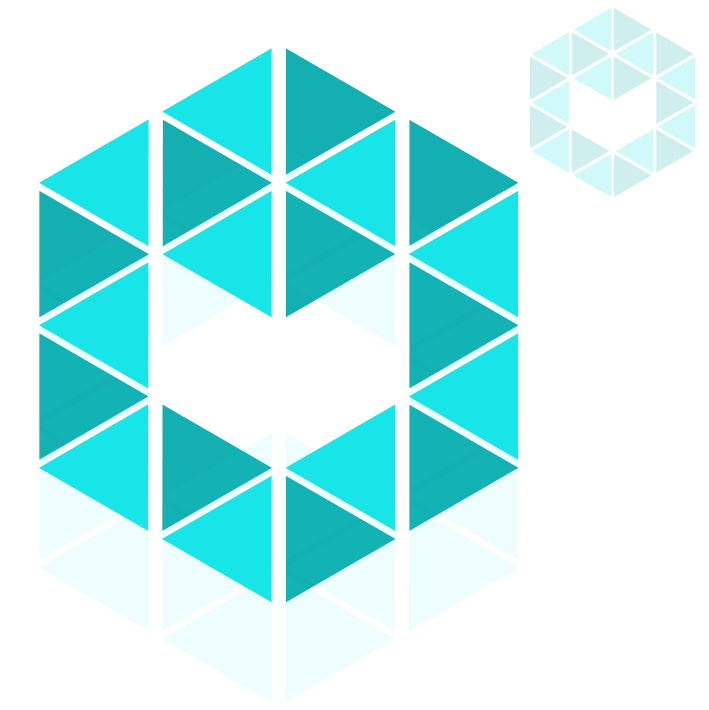Personalized healthcare is based on understanding the context of each patient and following up on their healthcare plan. To this extend systems utilize both sparse clinical data (captured during healthcare center visits and lab tests) and continuous behavioral data (captured throughout the life of the patient at their everyday life using wearables).
The problem addressed by TERMINET in the healthcare domain is data integration, but not focusing on the diverse signal sources (the different devices involves) as on the different settings data is captured: the clinical and the behavioral. Clinical data resides in hospital data centers and cannot be shared. Behavioral data resides on platforms that collect it, like in the UC2 case, Healthentia from iSprint, and are readily obtained by the hospitals that control it. While behavioral data can be mixed with all clinical sites, clinical data from different sites cannot be combined. Hospital dashboards visualize clinical data, but cannot handle behavioral ones, while behavioral dashboards can easily be adapted to include more data types, namely the clinical ones.
No matter the constraints discussed above, TERMINET addresses two needs: Clinicians want to visualize both clinical and behavioral data together in a composite clinical dashboard, and models need to be trained to assist them across different data marts maintained at different hospitals. TERMINET technology achieves both needs: The composite clinical dashboard employs the TERMINET components for building dashboards. Its visualizations change based on the location it is launched from. Other TERMINET components facilitate federated learning to learn global models from the local data marts.
